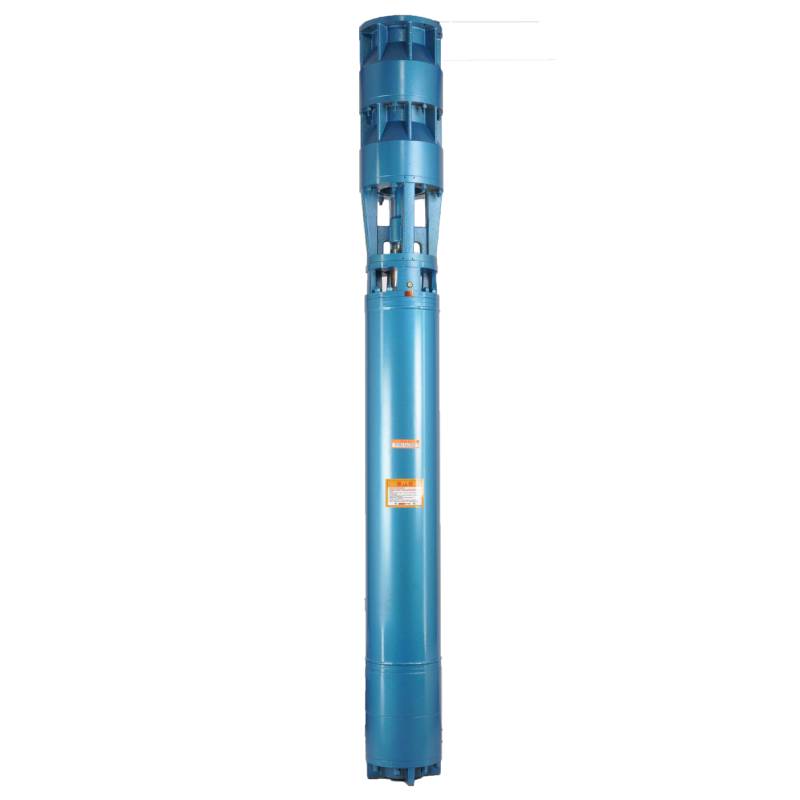Jan . 06, 2025 18:53 Back to list
175QJ Deep Well Submersible Pump
Installing a deep well submersible pump involves a series of precise steps, requiring both technical know-how and an understanding of the specific requirements your system demands. As an expert in the field, I've witnessed firsthand how a well-executed installation not only extends the life of the pump but ensures efficient water delivery crucial for any operation relying on groundwater resources. This guide provides a detailed walk-through of the installation process, emphasizing best practices drawn from extensive experience.

Before commencing the installation, it's essential to conduct a thorough inspection of all equipment, ensuring that every component is compatible with your system's requirements. This includes checking the pump specifications against the depth and diameter of the well, the flow rate needed, and the electrical supply available. Many costly installation issues can be traced back to compatibility mismatches discovered too late in the process.
Next, assembling the necessary tools and materials simplifies the workflow considerably. This typically involves hoisting equipment, electrical wiring tools, torque arrestors to minimize pump movement, safety cables for secure placement, and check valves to prevent water backflow. Ensuring the availability of these before beginning protects against delays and maintains installation efficiency.

As the installation proceeds, lowering the pump into the well requires specific care. Advanced users recommend securing the pump with a robust safety line, running parallel to the electrical cable. This dual-layer of security ensures that mishaps don't lead to a pump being lost down the shaft—a potentially expensive and time-consuming issue to rectify. While positioning the pump, avoid sharp bends or kinks in the riser pipe and electrical cable to prevent operational problems once the pump is activated.
Electrical connections form the backbone of a functional submersible pump system. Ensuring all connections are waterproof and insulated against potential moisture ingress is critical. One frequent recommendation is to use heat-shrink tubing around connectors to enhance durability and reliability. Further, a professional-grade installation will include a control panel, ideally with a pressure sensor and a dry-run protection feature, which are vital for automatically managing the pump's operation and safeguarding against damage.
deep well submersible pump installation diagram
Equally important is assembling a proper discharge line. The line should be tested for leaks and equipped with appropriate check valves, particularly if the pump must regularly contend with high static water levels that could lead to backflow concerns. Consider local water authority regulations during the setup to ensure compliance while promoting sustainable water management practices.
Upon finalizing the mechanical setup, conducting a test run provides insights into the installation's efficacy. This involves monitoring the pump's startup and shutdown cycles, observing the consistent delivery of water, and checking for unusual noises or vibrations that could indicate underlying issues. Testing validates the entire system, allowing any adjustments to be made without waiting for operational weaknesses to arise during critical usage periods.
Finally, regular maintenance and monitoring maintain the system's peak efficiency. This typically involves periodic inspections of the electrical components, wire insulation, and pump performance metrics such as flow rate and pressure consistency. An often-quoted expert tip is maintaining a logbook documenting all measurements and service dates, promoting a proactive approach to system upkeep.
In synthesizing these detailed components of deep well submersible pump installations, professionals recognize the importance of leveraging experience and industry expertise. These efforts ensure the reliable delivery of groundwater, contributing both to the efficiency and sustainability of water-dependent systems. Through comprehensive planning and skilled execution, the journey from installation to routine usage can be as seamless as it is beneficial.
-
submersible-sump-pump-auto-drainage-for-crawlspaces
NewsAug.22,2025
-
solar-powered-stainless-steel-submersible-well-pump-setup
NewsAug.22,2025
-
stainless-steel-well-pump-flow-rate-optimization
NewsAug.22,2025
-
water-filled-submersible-pump-fish-farm-oxygenation
NewsAug.22,2025
-
submersible-pump-in-aquaculture-and-fish-farming
NewsAug.22,2025
-
deep-well-submersible-pump-for-drought-areas
NewsAug.22,2025
-
 submersible-sump-pump-auto-drainage-for-crawlspacesCrawlspaces, those narrow areas beneath homes, are prone to water accumulation due to leaks, groundwDetail
submersible-sump-pump-auto-drainage-for-crawlspacesCrawlspaces, those narrow areas beneath homes, are prone to water accumulation due to leaks, groundwDetail -
 solar-powered-stainless-steel-submersible-well-pump-setupHarnessing solar energy to power stainless steel submersible well pumps is a sustainable and coDetail
solar-powered-stainless-steel-submersible-well-pump-setupHarnessing solar energy to power stainless steel submersible well pumps is a sustainable and coDetail -
 stainless-steel-well-pump-flow-rate-optimizationIn various applications like agriculture, domestic water supply, and industrial use, the flow rate oDetail
stainless-steel-well-pump-flow-rate-optimizationIn various applications like agriculture, domestic water supply, and industrial use, the flow rate oDetail
